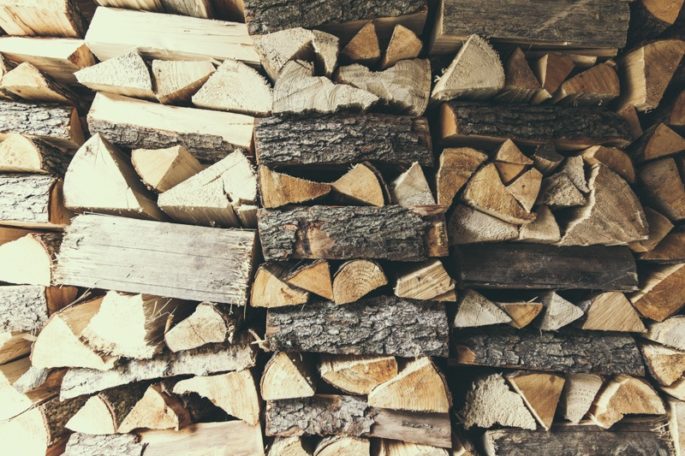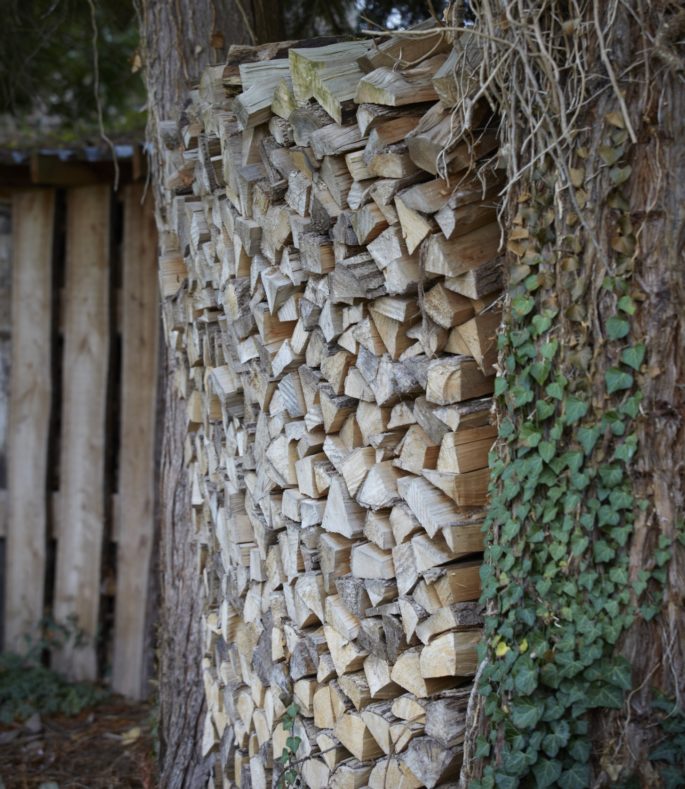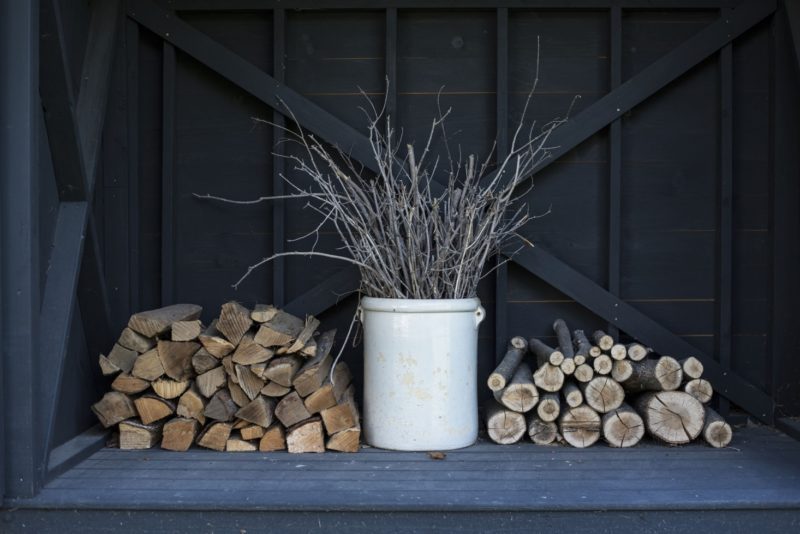In publishing, books on firewood and building fires have been huge hits over the past year or two. Last Christmas it was Lars Mytting’s Norwegian Wood that was under every Christmas tree and this year there’s a bunch of new books on the subject, including Daniel Hume’s The Art of Fire and Sally Coulthard’s The Little Book of Building Fires. But what’s the best way to stack and store this precious resource? Here’s the reason according to leading US blog Remodelista.
For anyone with a wood-burning stove or open hearth the woodpile is a source of endless satisfaction in the winter months. Not only is it aesthetically pleasing (if stacked well), it’s also a primal reassurance—no matter what, there will be the warmth of a blazing fire.
How long does it take for green wood to dry?
In most climates trees are felled in spring or even early summer and then dried in the open air before being chopped or stored in a wood shed or open stack over the summer or autumn. They will be ready to burn by winter.
Does all firewood dry at the same rate?
Traditionally it takes most woods one “season” to dry, although some hard woods including oak sometimes require two seasons to properly dry out.
What is the best way to position a woodpile?
Ideally firewood should be exposed to as much sun and wind as possible (and for this reason wood will be seasoned more quickly out in the open than stored in a large heap inside a shed or barn). Angle your wood pile against prevailing winds, so that the drying breezes will blow through the stack and hit the length of the wood. An open shed that gives this ventilation but also protects the wood from the rain is also ideal. A metal roof will also help reduce moisture more quickly from the wood.

Photography by Britt Willoughby Dyer
Building a woodpile: how do I start?
Removing moisture from the wood is the most important part of wood storage and the design of your woodpiles is key—only dry wood will burn well. According to a Nordic saying, wood will dry well if there is space for a mouse to run through the whole woodpile. First, the pile should be raised slightly off the ground to prevent moisture coming up from below—the first pieces of wood can rest on pallets or poles to make sure there is ventilation beneath.
What is the best way to stack firewood?
To build a strong and sturdy stack, wood needs to be cut as straight and uniformly as possible. Longer logs create a more stable structure than shorter ones and if there are any weaknesses in the stack—especially lower down—they will make the whole pile unstable. Similarly, don’t add gnarly or twisted logs to a stack; they will create instability and these logs are best stored elsewhere in a pile.
Logs that are halved create the most stable piles and logs dry best when their sides are exposed to air flow. If you’re in a very wet area or if the log pile isn’t under cover, stack the logs with the bark on the uppermost side to add extra protection. In Norwegian Wood, Lars Mytting describes how, in late 19th-century Maine, young women were advised to observe the wood piles of potential suitors as it revealed everything about a young man’s character.

Photography by Markus Spiske via Flickr.
Should you cover a woodpile?
If a wood stack is out in the open then it can be protected from rain with a tarpaulin or some other cover but this should never come down over the side of the pile because it would trap moisture, as well as potentially causing mold and rot. Unless you are in a particularly humid area, wood can be left uncovered during spring and summer as the sun and wind will help to dry it out.
Where should you stack firewood?
While a stack of wood can look picturesque against a house, some areas have fire regulations that prohibit this. As a woodpile is also by its nature a perfect habitat for rodents and insects, placing it close to the house isn’t wise. Instead the pile should be easy to access (no one wants to have to venture too far for logs in the winter) and if possible still with some protection in the lea of an outbuilding or garage.
What’s the best way to carry firewood indoors?
A light but strong receptacle is vital for carrying wood indoors each day. A sturdy log carrier made from strong canvas or sail cloth is the easiest way to carry a pile of logs and can simply be folded down and hung on a back door while not in use. For some of our favorites, see 10 Easy Pieces: Firewood Log Carriers.

Photography by Britt Willoughby Dyer
What about racks or shelves to store firewood neatly?
Racks and shelves are useful for storing a day’s or even a week’s supply of firewood near a house.
Where can I read more about how to store and care for firewood?
A runaway best seller in Norway (where author Mytting grew up), Norwegian Wood has the makings of a classic. “For as much as Mytting captures the romance of the great outdoors, the nobility of the honest graft of wood chopping, and our close relationship with trees, it is also a step-by-step guide to preparing your wood store,” writes reviewer Sophie Morris in the Independent. “There is advice on which axe and chainsaw to buy, in-depth consideration of the qualities of different woods, chopping methods, and information on stoves and fire-building.” Original story from Remodelista.com


